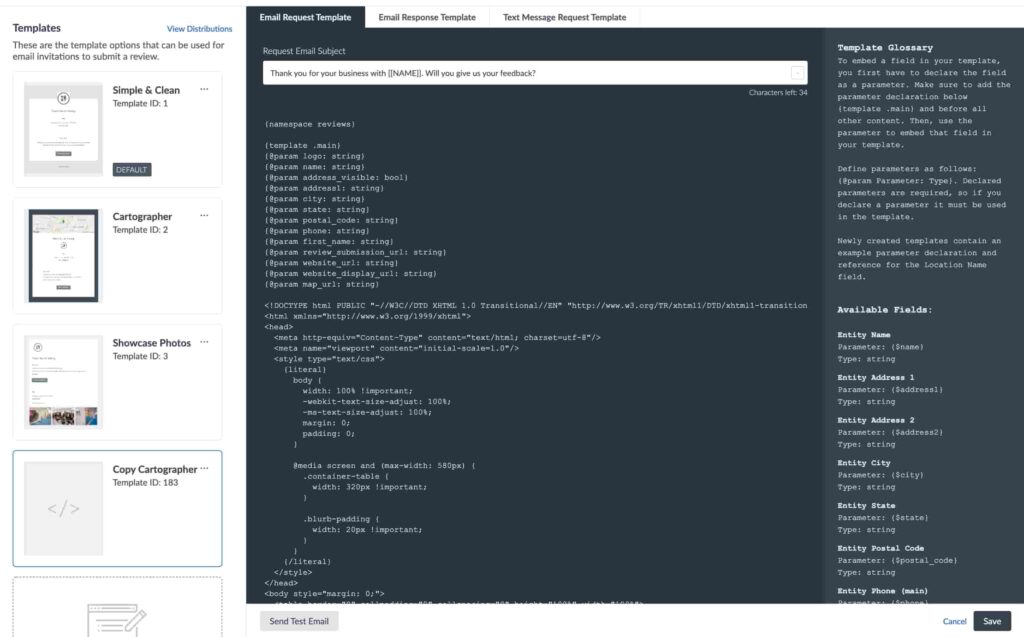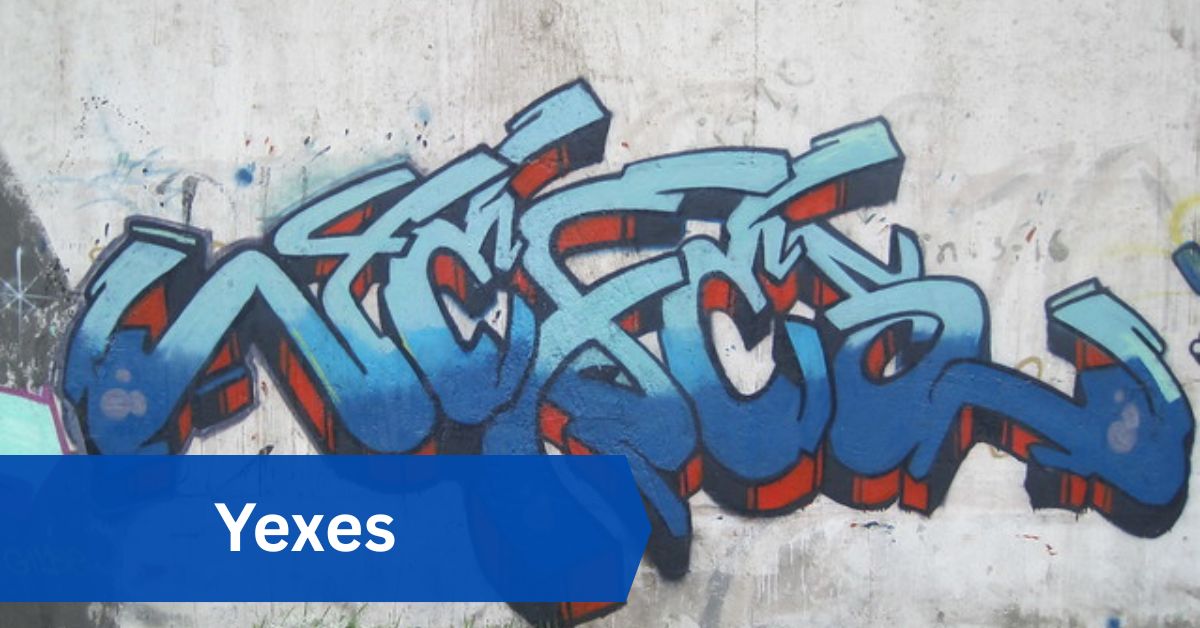When I first used Yexes, its structured templates helped me clean up my messy repositories and improve my GitHub profile. The clear documentation and GitHub Actions integration made collaboration with my team much smoother.
Yexes is a GitHub-based repository offering structured templates and best practices for developers. It helps manage code efficiently and improve GitHub profiles.
In this article we discuss about “Yexes”
Table of Contents
Introduction:
Working together efficiently and keeping your code organized are essential in the fast-paced environment of development that exists today. Yexex is a repository and toolkit built on GitHub that assists developers in organizing, maintaining, and streamlining their GitHub projects and profiles. Yexes provides developers of all skill levels with clear rules, configuration templates, and best practices with an emphasis on simplicity and open-source values.
Whether you’re a student trying to build a professional presence on GitHub or a team leader organizing multiple repositories, Yexex provides a practical framework that makes GitHub management more effective.
Why Yexex Matters for Developers:
The growing number of GitHub users and projects often leads to cluttered profiles, inconsistent commit messages, and poor documentation. Yexex addresses this gap by introducing a set of standards and templates that enhance clarity and consistency.

Key Benefits:
- Improved project structure and naming conventions
- Streamlined onboarding for new developers
- Consistent documentation practices
- A collaborative space for feedback and review
- GitHub Actions automation for CI/CD workflows
Read More: Money 6x Real Estate— A Complete Guide!
Getting Started with Yexes:
1. Set Up Your GitHub Account:
Before diving into Yexes, you need a GitHub account:
- Visit GitHub
- Sign up with your email and username
- Verify your email to activate your account
2. Explore the Yexes Repository:
Navigate to the Yexes GitHub Repository. You’ll find:
- A well-organized README file
- A logical folder structure
- Configuration files (e.g., .gitignore, README.md, LICENSE, etc.)
3.Clone the Repository:
To work locally:
bash
CopyEdit
git clone https://github.com/Yexex/yexex.git
This command downloads the entire repository to your machine, allowing you to explore the file system and templates.
Core Features of Yexes:
Let’s dive into the features that make Yexex a useful resource for developers:
1. Prebuilt Configuration Files:
Yexes provides templates such as:
- Gitignore for excluding unnecessary files
- LICENSE files for open-source declaration
- README.md templates for professional documentation
- Code of Conduct and Contribution Guidelines
These files form the foundation of a reliable, developer-friendly repository.
2. Step-by-Step Instructions:
Yexes includes clear instructions in its README and supplementary documents, guiding users through:
- Profile setup
- Project folder creation
- Version control workflows
- Collaborative practices like PRs and issues
3. GitHub Actions Integration:
Use Exec to automate repetitive tasks such as:
- Code formatting
- Testing
- Deployment
By utilizing GitHub Actions, Yexex supports continuous integration (CI) and continuous deployment (CD) straight from your repository.
4. Modular Project Structure:
The layout encourages:
- Separate folders for documentation, source code, and assets
- Use of markdown files for explainers
- Logical naming of files for fast access
How to Use Yexes for Your Projects:
Here’s a basic roadmap for applying Yexex principles in your GitHub workflow:
1. Organize Your Repository:
Use the Yexes structure as a blueprint:
lua
CopyEdit
/your-project
|– /docs
|– /src
|– /assets
|– README.md
|– CONTRIBUTING.md
|– .gitignore
2. Write Professional README Files:
A well-written README.md includes:
- Project title and purpose
- Installation instructions
- Usage examples
- Screenshots or diagrams (optional)
- Licensing and contribution info
Yexes provides this as a ready-to-edit template:
1. Use Clear and Consistent Commit Messages:

Bad:
sql
CopyEdit
update file
Good:
pgsql
CopyEdit
Add mobile responsiveness to homepage layout
Read More: Qxefv—A Complete Guide!
2. Enable Collaboration Features:
With Yexes, you’re encouraged to use:
- Issues for bug reporting and feature requests
- Pull Requests (PRs) for reviewing changes
- Discussions for Q&A or future plans
- Labels and Projects to manage tasks efficiently
Best Practices from the Yexes Community:
The real strength of Yexex lies in its open-source community and best practices shared by contributors.
1. Keep Your Repositories Tidy:
- Delete unused branches
- Archive inactive projects
- Use folders, not long file lists
2. Apply Version Control Smartly:
- Create a develop branch for testing new features
- Merge changes into main only after thorough review
- Tag stable releases (v1.0, v2.1.2, etc.)
3. Write Documentation Like a Pro:
Include:
- Setup instructions
- System requirements
- Troubleshooting tips
- Contribution guidelines
4. Collaborate and Review:
Don’t just commit code—get feedback through:
- PR comments
- Code reviews
- Branch comparisons
Yexes for Teams and Open Source Projects:
If you’re part of a dev team, Yexex can act as your onboarding guide. Instead of creating a new structure from scratch, clone Yexex and adapt it to your organization’s standards.
1. For Open Source Maintainers:
- Use Exec to demonstrate coding standards
- Attract contributors through well-documented repos
- Maintain transparency with changelogs and PR history
2. For Students and New Developers:
- Learn GitHub etiquette
- Showcase your portfolio
- Get noticed by potential employers
Troubleshooting with Yexes:
1. Login or Repository Access Issues:
- Ensure correct login credentials
- Clear browser cache
- Disable extensions that might block GitHub scripts
2. Merge Conflicts:
- Communicate changes with collaborators
- Use git pull and git merge properly
- Leverage tools like GitKraken or VS Code’s built-in Git
3. Slow Repository Loading:
- Check your internet connection
- Use lighter themes in GitHub
- Try accessing during off-peak
Yexes Paper.io:
Yexex Paper.io brings a unique twist to the classic territory-claiming game. While the original Paper.io focuses on expanding your area and defending your base, Yexex enhances the gameplay with smoother controls, custom skins, and competitive leaderboard features. Whether you’re playing casually or aiming for domination, Yexex Paper.io offers a fresh, engaging experience for players who love fast-paced strategy games.
Yexes Review:
We examine how Yexes distinguishes itself as a developer-friendly GitHub repository in this review. Yexex’s community-driven methods, useful configuration files, and clear structure make project management easier. Users commend Yexes for improving the efficiency and professionalism of code collaboration through features like GitHub automation and well-organized documentation. This toolkit is essential for both novice and seasoned developers.
Yexes Minecraft:
Yexes Minecraft takes your gameplay to the next level with curated mods and server configurations.

Designed for seamless integration, the Yexes tools allow players to customize their worlds, enhance graphics, and even set up private servers with ease. Whether you’re exploring survival mode or building epic creations, Yexes Minecraft tools ensure a more stable and immersive experience for all types of players.
Read More: Amazon’s Gpt44x—A Complete Guide!
Frequently Asked Question:
1. What is Yexes?
Yexex is an open-source GitHub repository designed to help developers organize their projects, write cleaner code, and follow best practices. It includes templates, configuration files, and clear documentation for efficient project management.
2. How do I get started with Yexex?
To get started with Yexex, visit the official GitHub page, read the README file, and clone the repository to your local system using Git. It provides step-by-step instructions for setting up your GitHub profile and repositories.
3. Is Yexes good for beginners?
Yes, Yexex is beginner-friendly. It offers simple file structures, helpful documentation, and community support, making it ideal for those new to GitHub or coding in general.
4. Can I use Yexes for collaboration?
Absolutely. Yexes supports collaborative development through GitHub’s pull requests, issue tracking, and contribution guidelines, allowing teams to work together on code efficiently.
5. What features does Yexes offer?
Yexes offers configuration files, README templates, version control best practices, GitHub Actions integration, and a well-structured project layout to help developers maintain clean and scalable codebases.
6. Is Yexes only for GitHub users?
While Yexex is built around GitHub workflows, the principles and templates can be adapted to other platforms that support Git version control and open-source practices.
5. How can Yexes improve my GitHub profile?
Yexes helps you organize your repositories, write better documentation, and showcase your work professionally. This can improve the visibility and credibility of your GitHub profile, especially for recruiters or collaborators.
6. Is Yexes open to contributions?
Yes, Yexes is an open-source project. You can contribute by submitting pull requests, reporting issues, or participating in discussions on its GitHub page.
7. Does Yexes support automation tools like GitHub Actions?
Yexex does support GitHub Actions, which enables developers to automate code formatting, testing, and deployment. In software development, this lessens repetitive jobs and streamlines operations.
8. What programming languages can I use with Yexes?
Yexes is language-agnostic, meaning it works with any programming language. Whether you’re coding in Python, JavaScript, Java, or C++, you can organize and document your projects using Yexex’s structure.
9. Can I use Yexes for professional or commercial projects?
Yes, you can use Yexex for both personal and professional development. Its templates and best practices make it suitable for freelancers, startups, and even large teams managing multiple repositories.
10. Is Yexes compatible with Git clients like VS Code or GitKraken?
Yes, since Yexex is based on Git and GitHub, it’s fully compatible with Git clients like Visual Studio Code, GitKraken, Sourcetree, and the Git CLI.
11. Where can I find support or help for using Yexes?
You can find support for Yexex through its GitHub repository discussions, issue tracker, and by joining developer communities on platforms like Reddit, Discord, or Stack Overflow.
12. Can Yexex help improve my coding habits?
Yes, Yexex promotes clean, organized, and well-documented coding practices. Following its templates and guidelines helps you build better habits and write more maintainable code.
Conclusion:
Yexes stands out as a practical, open-source GitHub resource tailored for developers who value clean code, collaboration, and professional project presentation. With structured templates, helpful documentation, and automation tools like GitHub Actions, it simplifies everything from personal portfolio building to managing complex team repositories. Whether you’re a beginner or an experienced developer, Yexex empowers you to streamline workflows, maintain best practices, and enhance your GitHub presence with confidence.
Read More:
- Kase Abusharkh Amy Berry—A Complete Guide!
- Fran Candelera—A Complete Guide!
- Fintech Zoom Pro—A Complete Guide!
- Vy6ys—A Complete Guide!














Leave a Reply